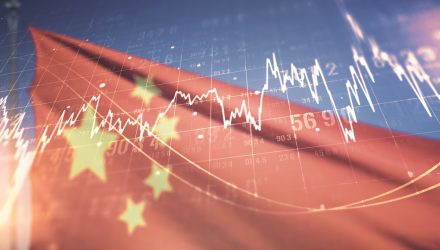When it comes to finding yield in other parts of the globe, investors appear ready and willing to accept the risks.
“Global investors are warming to Chinese bonds after a temporary sell-off and are looking at safer alternatives beyond sovereign debt to tap higher yields and boost returns,” a Wall Street Journal article noted.
While high yield is typically associated with an understanding that the investor might have to accept a higher degree of risk, there do exist safer solutions. The WSJ article mentioned a rising interest in bonds issued by policy banks in China.
“Attracting increasing attention are bonds issued by Chinese policy banks,’ which channel public funds to areas such as trade, infrastructure and agriculture,” the article continued. “The banks in question — China Development Bank, the Agricultural Development Bank of China and the Export-Import Bank of China — are state-owned and viewed as offering a quasi-sovereign low level of risk, while still offering higher yields than bonds issued directly by the Chinese government.”
Getting higher yield with lower risk won’t be a difficult sell for fixed income investors. That’s especially true given the way yields in the U.S. have been so low by historical standards.
“Foreign investors are now comfortable with Chinese government bonds and are now creeping down the curve to policy bank bonds. It is an evolution of the risk appetite,” said Jason Pang, a Hong Kong-based portfolio manager at J.P. Morgan Asset Management.
A High-Yield Option
One way to play Chinese bonds is the KraneShares CCBS China Corporate High Yield Bond USD Index ETF (KCCB). KCCB seeks to provide investment results that track the price and yield performance of the Solactive USD China Corporate High Yield Bond Index.
Under normal circumstances, the fund will invest at least 80% of its total assets in components of the underlying index and to-be-announced transactions representing such components. The underlying index seeks to track the performance of outstanding high-yield debt securities denominated in U.S. dollars issued by Chinese companies.
Overall, KCCB offers investors:
- USD-denominated exposure to China’s high yield bond market.
- Low correlation to U.S. and global markets.
- Co-management from China Construction Bank (CCB), the second largest bank in the world by assets.
For more news, information, and strategy, visit the China Insights Channel.


